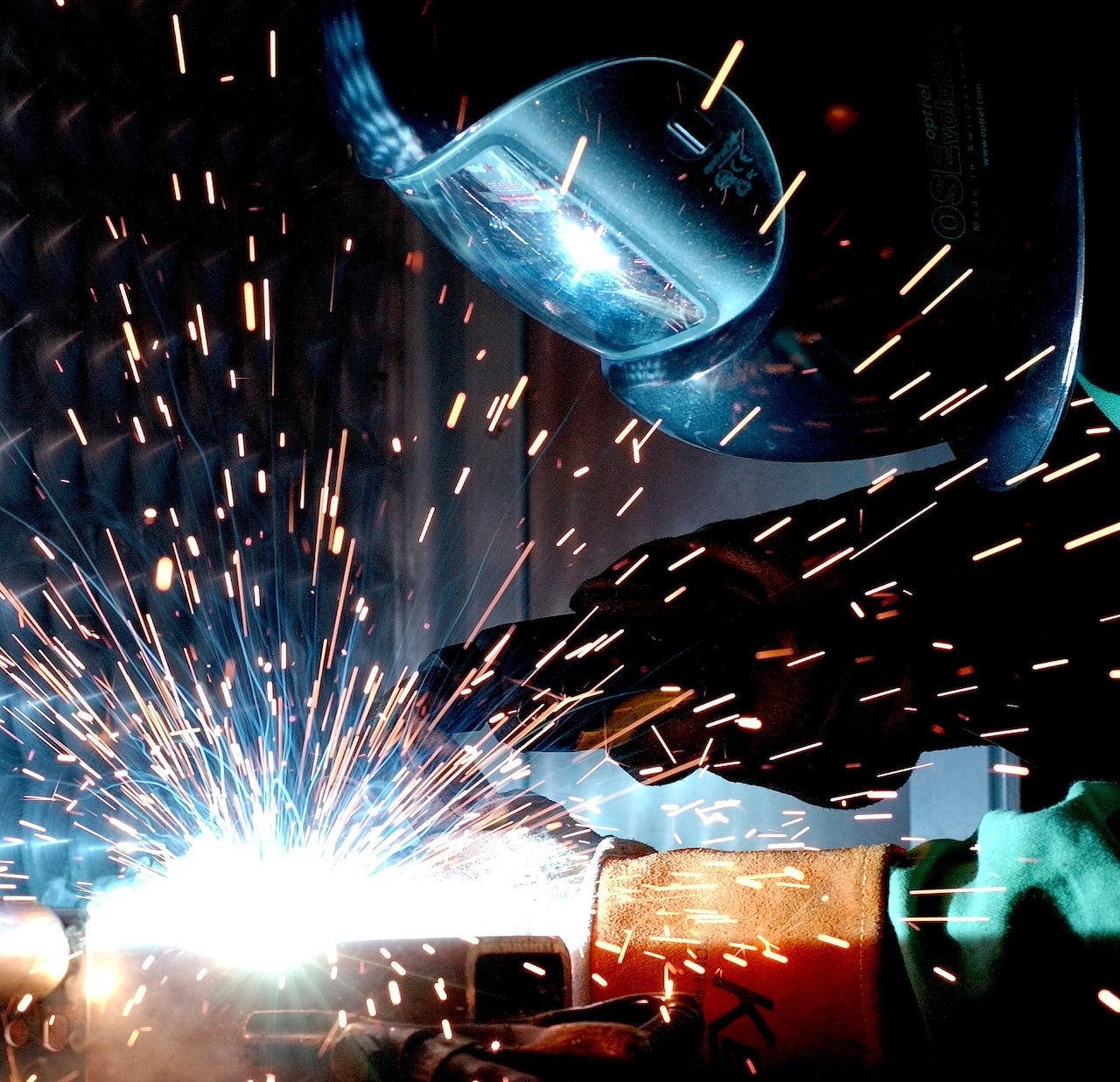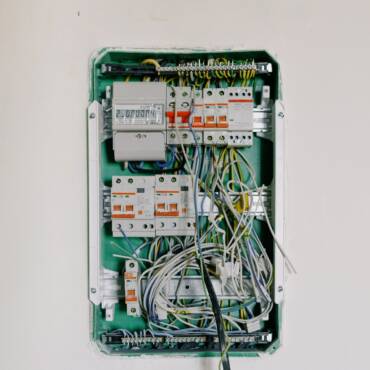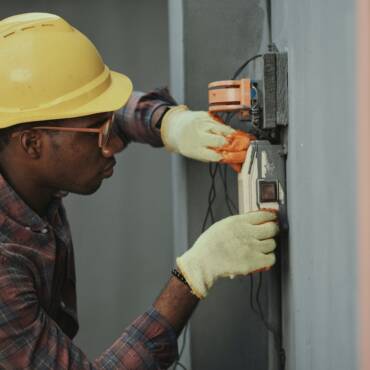Welding, a fundamental process in the realm of fabrication and construction, is the art of joining materials together using heat and pressure. From towering skyscrapers to intricate metal sculptures, welding plays an indispensable role in shaping our modern world. In this article, we will delve into the intricacies of welding, its various techniques, and the significance it holds across industries.

Welding
1. Understanding Welding
At its core, welding involves melting the edges of two or more materials, allowing them to fuse and form a strong bond upon cooling. This process is vital in creating structures and objects that require durability and integrity.
2. Types of Welding
Gas Metal Arc Welding (GMAW)
Also known as MIG (Metal Inert Gas) welding, GMAW uses a continuous solid wire electrode and a shielding gas to protect the weld from contamination. It is widely used for its versatility and speed.
Shielded Metal Arc Welding (SMAW)
Commonly referred to as stick welding, SMAW utilizes a coated electrode that produces a protective slag as it melts. This slag shields the weld from impurities, making it suitable for outdoor and challenging environments.
Gas Tungsten Arc Welding (GTAW)
GTAW, or TIG (Tungsten Inert Gas) welding, employs a non-consumable tungsten electrode and an inert gas like argon to protect the weld area. It is highly precise and is often used for delicate and precise work.
Flux-Cored Arc Welding (FCAW)
Similar to MIG welding, FCAW uses a continuous electrode wire, but it has a flux core that creates a shielding gas when burned. This makes it a versatile choice for both indoor and outdoor applications.
3. Safety
Prioritizing safety is paramount in welding due to the potential hazards involved. Protective gear such as welding helmets, gloves, aprons, and proper ventilation must be used to ensure the well-being of the welder.
The Significance of Welding
1. Industrial Applications
Welding is the backbone of various industries, including construction, automotive, aerospace, and manufacturing. It enables the creation of complex structures, machinery, and components that drive technological progress.
2. Infrastructure Development
From bridges that span great distances to pipelines that transport resources, welding is pivotal in constructing and maintaining the infrastructure that supports modern societies.
3. Art and Creativity
Welding transcends practicality and enters the realm of art. Skilled welders use their expertise to craft intricate sculptures, decorative pieces, and unique designs that captivate the imagination.
Transition Words and Coherence
Transition words, such as “furthermore,” “however,” and “in contrast,” enhance the flow of the article, guiding readers through different sections and ideas seamlessly.
The Future of Welding
As technology advances, so does the field of welding. Automation and robotics are increasingly integrated into welding processes, leading to higher precision and efficiency. Additionally, advancements in materials science are expanding the possibilities of welding, allowing for the joining of previously incompatible materials.
Conclusion
Welding stands as a cornerstone of modern construction, manufacturing, and artistic expression. Its diverse techniques and applications have shaped our world and continue to drive innovation. From towering skyscrapers to delicate sculptures, welding’s influence knows no bounds. By understanding its principles and embracing its potential, we can continue to forge a future that is both strong and creatively inspiring, all thanks to the masterful craft of welding.



